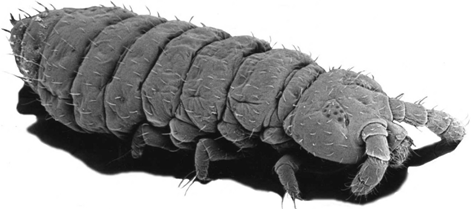
The Sinclair Lab at UWO

 |
Insect Low Temperature Biology The Sinclair Lab at UWO |
 |
| Marion Island 2009 | |||
| Home People Research Publications Vacancies Links Contact Us Biology Home |
In April and May 2009, Dr Brent Sinclair visited sub-Antarctic Marion Island as part of the South African National Antarctic Programme, in collaboration with Prof Steven Chown and Prof Bettine Jansen van Vuuren of the Centre for Invasion Biology
at the University of Stellenbosch. The project seeks to answer
the question of why there are so many caterpillars in albatross nests
(you can read more about the question in a paper published in Biology
letters here). The goals of the trip were to collect samples for
genetic and stable isotope analyses, and to begin quantifying the
potential thermal advantages of being in an albatross nest. The
project lasts for 5 years, so watch this space! Brent Sinclair is available to speak to non-profit community groups and schools about his experiences int he sub-Antarctic and Antarctic. Drop him an email if you are interested. |
||
| The voyage to Marion Island took 6 days from Cape Town on the ice-strengthened vessel SA Agulhas. | |||
| Brent Sinclair all dressed up and ready to record data on the side of a scoria cone. One of the nice things about fieldwork is that everyone mucks in - here, he is contributing to a dataset on invasive plants. | |||
| Some of the 'Gogga lab' crew outside the lab on the main base. (Gogga = 'bug' in Afrikaans). L-R: Mashudu Mashau, field assistant; Bettine Jansen van Vuuren, caterpillar and plant geneticist; Celine Born, plant geneticist; Steven Chown, PI and caterpillar wrangler; Tanya Haupt, caterpillar thermal biologist; Justine Shaw, caterpillar-ologist and invasive plant biologist. Seated at front: Anne Treasure, weevil catcher. | |||
| We are looking at the densities of a moth caterpillar, Pringleophaga marioni. This is the adult, flightless moth that the caterpillar turns into. | |||
| This is the chick of a Wandering Albatross. The chicks stay on teh nests all winter, increasing the temperature in the nest and (we think) enhancing the performance of the caterpillars. | |||
| Here, three researchers are sorting through a recently abandoned albatross nest. Tehir aim is to quantify the density of caterpillars (much higher than in the surrounding vegetation) and to collect samples for genetic and stable isotope analysis. | |||